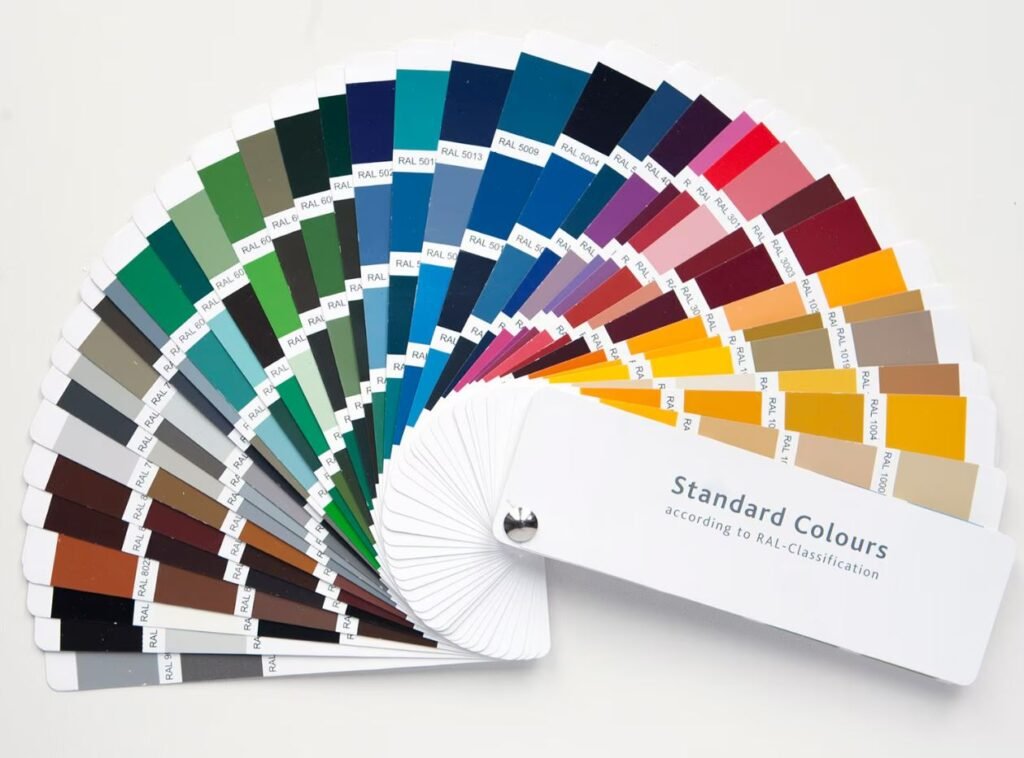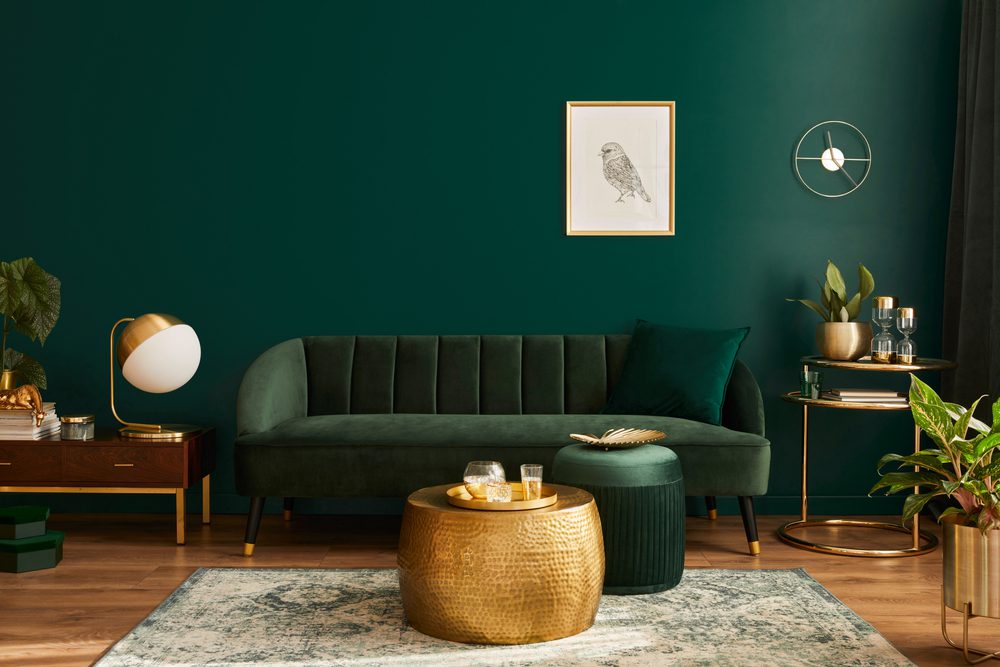How to Choose the Right Colours for Your Home?
Your home is where you spend the vast majority of your time – it’s where you sit down for dinner most evenings, it’s where you curl up on the sofa with a film, it’s where you put your head down to sleep each night, and it’s where you spend time with your family. Homes are deeply personal spaces – every detail and possession says a little something about the person who lives there – and when you spend so much time in this building, it’s important that your home represents who you are.

Why Colours Matter in Your Home?
Colours can have a huge effect on how we feel when we walk into a room – it can stimulate us, it can make us feel warm and cosy, it can give the sense of light and space. From the welcoming colours of the entrance hall to the hues that make the lounge feel so comfortable and the bathroom feel so fresh, it’s important to get the colour scheme of the whole place just right. If you’re planning a home overhaul, or perhaps you’re moving into a new property in the near future, here are some top tips to help you choose the right colours for your home.
Top Tips for Choosing Colours
Start with a mood board
When you’re planning your interiors, a mood board can help you bring together ideas, inspiration and other interiors that you like the look of. Pinterest is a great tool for doing this – you can take a peek at other colour combinations and ideas and see which ones might work best in your particular space.
Think about base colours
It’s very rare that you can decide on the colour of a room without thinking about other factors. What colour are the floors or carpets? Do you have an existing piece of statement furniture that you’ll need to work around? For a bathroom or kitchen, are there already fittings and appliances of a certain colour? You’ll need to bear all these things in mind before you make a decision.
Look at a colour wheel or chart

Colour wheels and charts are great for showing you which tones and shades will work best together. There are a number of ways you can select colours or hues which will complement each other:
- Tonal – this is where you select just one colour and use different variants of it throughout the room. The colour charts you see when choosing paint can help with this, showing you all the colours of a certain tone.
- Harmonious – this is when you choose colours that are quite near each other on a colour wheel. As the name might suggest, this creates a space which is harmonious and restful.
- Complementary – this is a more daring option, which involves choosing colours that are opposite each other on the colour wheel. If you’re more adventurous with your interior design and not limited in having to match paint with furniture or flooring, this might be a better option.
Think about rooms and moods
This is where you can start to inject some personality into your colour decisions. You know best what you use each room for, so you can decide which ‘mood’ will suit each space best. For example, some people like their bathrooms to be a zen, spa-like environment, choosing peaceful shades of blue to make a relaxing retreat. Other people prefer their bathrooms to invigorate them, opting instead for bright, zesty colours that are fresh and energizing.
For another example, some people do a lot of entertaining at home, and want their dining room to feel smart, formal, and fit to receive lots of guests. Navy, burgundy and dark woods create a great formal dining space. Others prefer a more casual area for their family to tuck into evening meals, choosing brighter colours that make for a more relaxed and informal area.
Bedrooms give you a chance to really make the space your own. Keep it cool and contemporary with layered neutral tones, or go for rich opulence with deep, darker colours offset with metallic highlights.
One tip from interior design experts is to choose warm and welcoming colours for areas like your living space and your entrance hall. You should also make use of natural light as much possible, in every room of the house.

Other tips
- Always pick up some paint samples and bring them home to test. Colour charts and wheels will only show you so much, and the light in your home might be totally different to the light in a shop. Paint a small square on your wall to check it’s the shade you want.
- If you can’t find the colour that you had in mind, don’t compromise – after all, you’ll be looking at these walls every day! Many London home painters and decorators have a paint-mixing service, and some of the big paint brands offer a colour match option too.
- If this is your first time painting a room or renovating a home, don’t hesitate to bring in the experts. Professional painters and decorators will have the kit and the expertise to create a perfect finish in every room.
- You can create the illusion of space very easily with colour. Lighter colours always feel more spacious – darker wall colours will make it feel like a wall is closer to you, which is great for cosy rooms or large spaces, but might not work in a small study or bedroom, for example. You can also use darker shades at the end of hallways and landings to avoid a ‘tunnel-like’ sense.
- To create a sense of consistency throughout your home, keep all door frames, skirting boards and other woodwork the same colour – a neutral colour which works with all other shades you’ve chosen.
For more information about expert painters and decorators in London, get in touch with our team today.